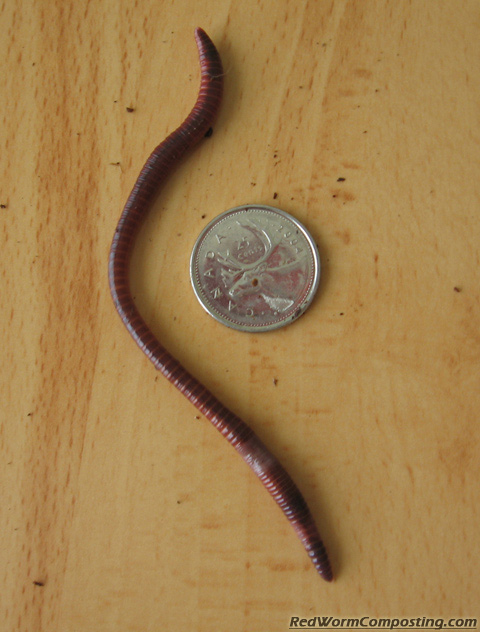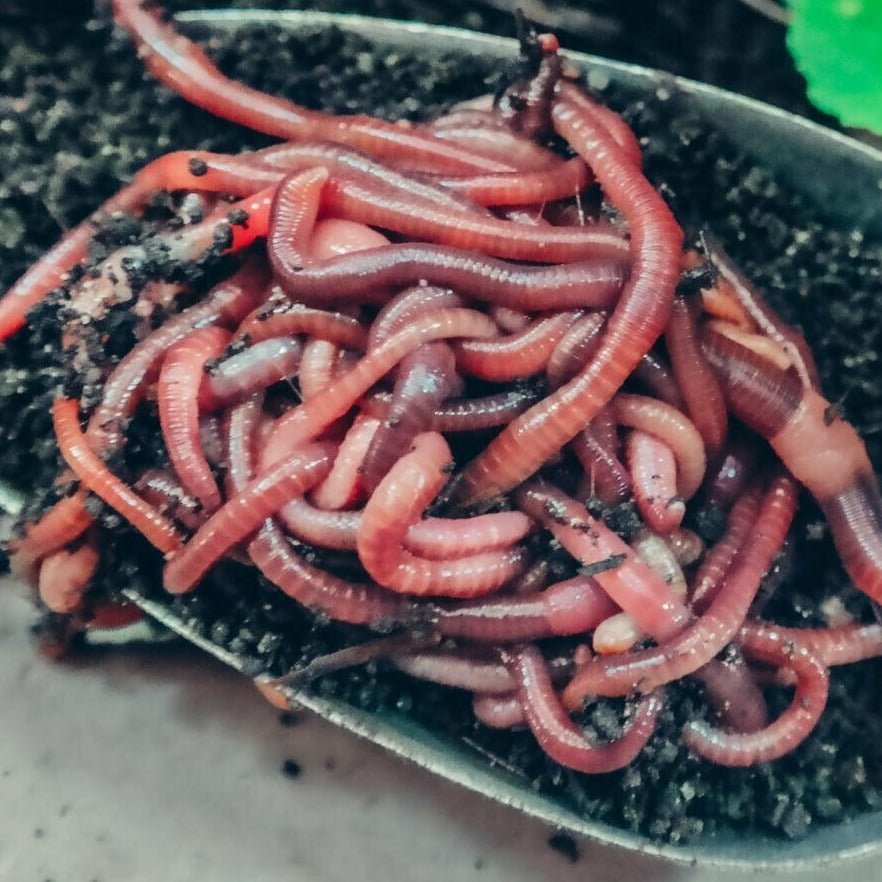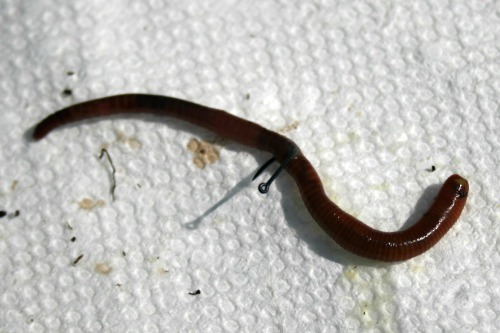Lake Hickory Bait: The Top Spot for All Your Fishing Gear
Lake Hickory Bait: The Top Spot for All Your Fishing Gear
Blog Article
Open the Tricks of Red Wigglers: Your Overview to Composting Success
The combination of red wigglers into composting techniques offers a considerable possibility for boosting dirt wellness and promoting sustainability. These microorganisms are not just effective recyclers of natural waste; they offer a myriad of advantages that can change yard administration. Comprehending their demands and habits is critical for optimizing their possibility, from setting up a suitable worm bin to feeding them the right products. As we check out the crucial elements of effective vermicomposting, one might question how these tiny creatures can bring about an extra dynamic and efficient yard ecosystem.

What Are Red Wigglers?
(Red Wiggler Express)Red wigglers, clinically called Eisenia fetida, are a types of earthworm primarily used in composting due to their amazing capability to disintegrate organic matter successfully. These worms are defined by their reddish-brown coloration and a fractional body, usually determining in between 3 to 4 inches in size. Unlike other earthworm varieties, red wigglers prosper in abundant, organic settings, making them optimal for vermicomposting systems.
Native to North America, they are often discovered in decomposing leaves and compost heap, where they play an essential function in nutrient recycling. Their adaptation to staying in a moist, cardio atmosphere allows them to consume huge quantities of organic waste, damaging it down right into nutrient-rich castings that boost soil health and wellness.
Red wigglers recreate swiftly, with a solitary worm qualified of generating a number of cocoons each week, each including multiple hatchlings. This fast recreation price contributes to their performance in composting operations. They favor temperatures in between 60 ° F and 80 ° F, and their task level raises substantially within this variety, more helping in the decay process. Understanding the biology and actions of red wigglers is important for maximizing their potential in composting applications.
Benefits of Utilizing Red Wigglers
Harnessing the power of red wigglers in composting offers various advantages that boost soil health and promote sustainable waste administration. These amazing organisms efficiently damage down organic issue, transforming kitchen scraps and yard waste right into nutrient-rich vermicompost. This completed item is exceptionally useful for plant growth, as it enhances soil structure, boosts moisture retention, and improves nutrition availability.

(Red Wiggler Express)Furthermore, the visibility of red wigglers in your composting system can increase the composting procedure, producing top notch compost in a portion of the moment contrasted to typical methods. The spreadings produced by these worms are also including helpful bacteria that further enrich the dirt ecosystem.
Establishing Your Worm Container
Developing an effective worm bin is an uncomplicated process that can significantly improve your composting efforts. Worm bins can be made from plastic storage space containers, wood boxes, or readily readily available worm bins.
Following, prepare the bed linen product, which serves as the worms' habitat. A mix of shredded paper, cardboard, and coconut coir functions well, offering a comfortable atmosphere for the worms.

Feeding Your Red Wigglers
To ensure the health and performance of your red wigglers, it is vital to give them with a well balanced diet regimen that fulfills their nutritional requirements. Red wigglers flourish on a diverse selection of organic materials, which not only provide essential nutrients however additionally advertise reliable composting.
Start by including kitchen area scraps such as veggie peels, fruit cores, and coffee premises. Avoid citrus fruits, onions, and garlic, as these can be detrimental to worm wellness. Furthermore, present shredded paper, cardboard, and completely dry fallen leaves to develop a well-aerated atmosphere.
Feeding frequency need to be kept track of; generally, worms can consume half their body weight in food weekly. It is vital to stay clear of overfeeding, as excess food can lead to undesirable odors and draw in parasites. A good technique is to include food in small quantities, allowing worms to refine it before presenting extra.
Keeping wetness degrees is likewise essential; the bedding ought to be moist however not soaked. Finally, make certain to consistently inspect the temperature level and pH degrees of the bin to make sure an optimal atmosphere for your red wigglers, inevitably improving their composting performance.
Harvesting and Utilizing Compost
A successful composting process with red wigglers finishes in the rich, dark garden compost called vermicompost, which can considerably boost dirt health and plant growth. Harvesting this nutrient-dense product generally occurs every 3 to 6 months, depending on the size of your system and the amount of organic matter being refined.
To harvest, carefully separate the compost from the worms and any kind of undecomposed products. One effective approach involves moving the contents of the container to one side and including fresh bedding and food to the empty room, encouraging the worms to migrate. After a couple of days, next page the compost can be accumulated from the opposite side.
It is vital to make use of vermicompost properly to optimize its benefits. It can be used as a top clothing for garden beds, blended into potting dirt, or brewed into a nutrient-rich liquid plant food referred to as "worm tea." This application approach helps to deliver essential nutrients directly to plant origins, advertising healthier development. By integrating vermicompost right into your gardening routine, you not only recycle natural waste but also develop a thriving ecosystem that supports lasting horticulture techniques.
Final Thought
In recap, red wigglers serve as extraordinary allies in composting initiatives, transforming natural waste into nutrient-rich vermicompost (Red Wiggler Express). Their one-of-a-kind organic features and effective waste handling abilities add dramatically to sustainable gardening techniques. By recognizing the optimum conditions for their habitat, feeding demands, and compost harvesting techniques, garden enthusiasts can enhance dirt health and wellness and advertise plant vigor. Embracing vermicomposting not just minimizes landfill waste but likewise promotes an extra eco accountable method to gardening and resource monitoring.
Report this page